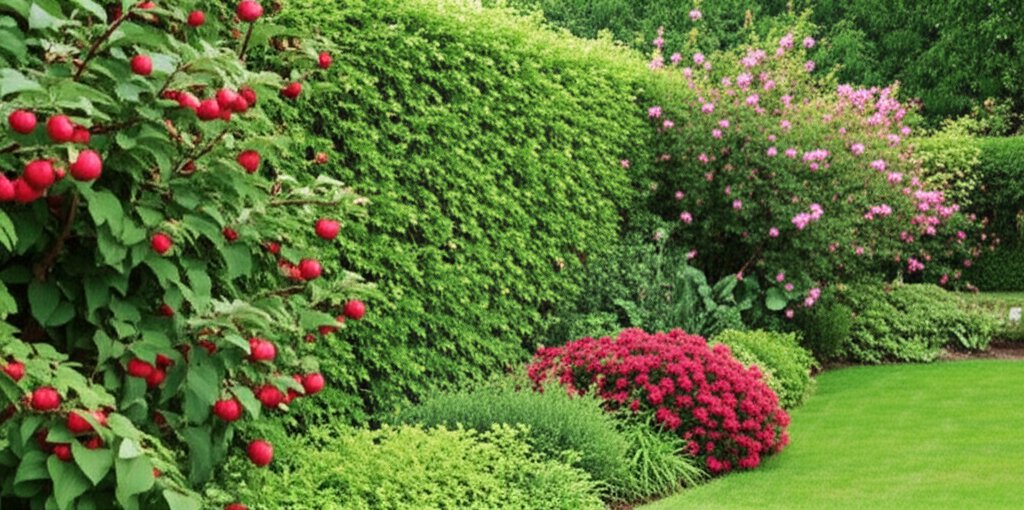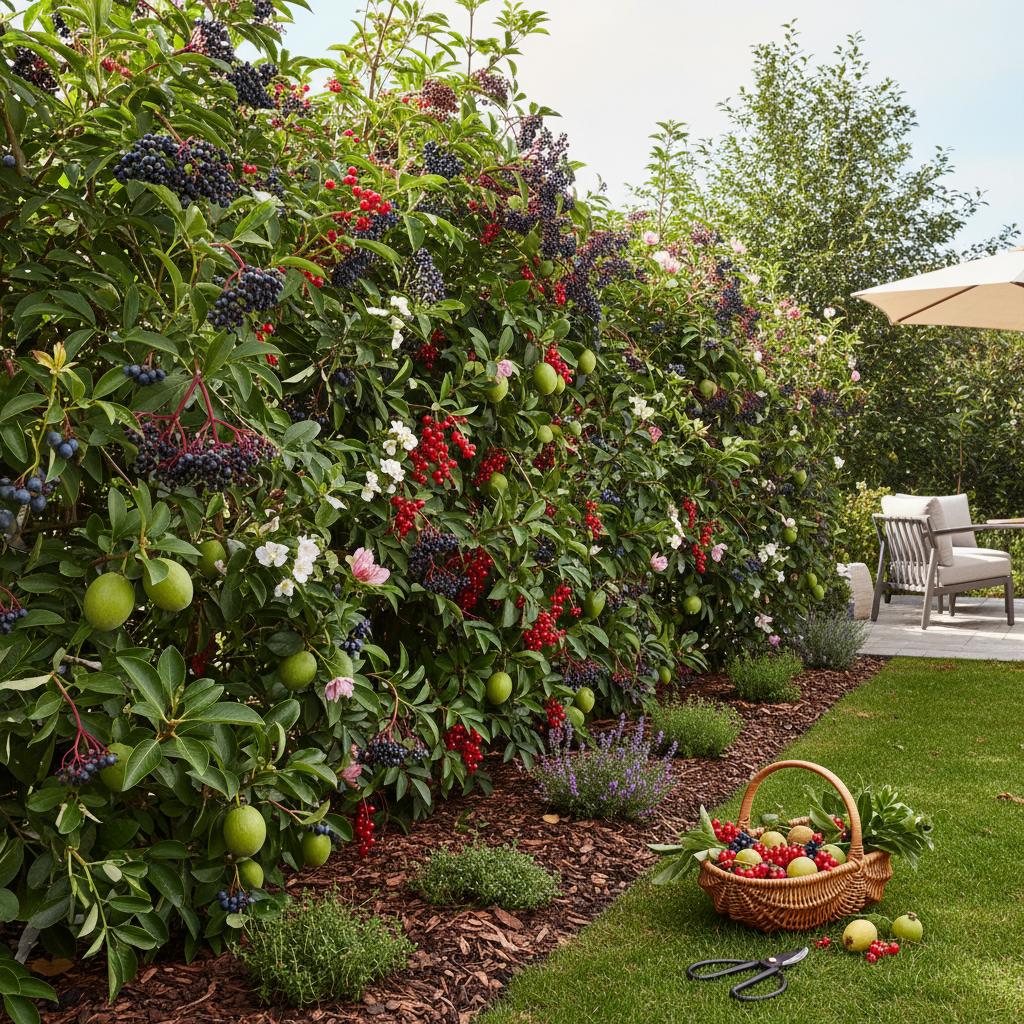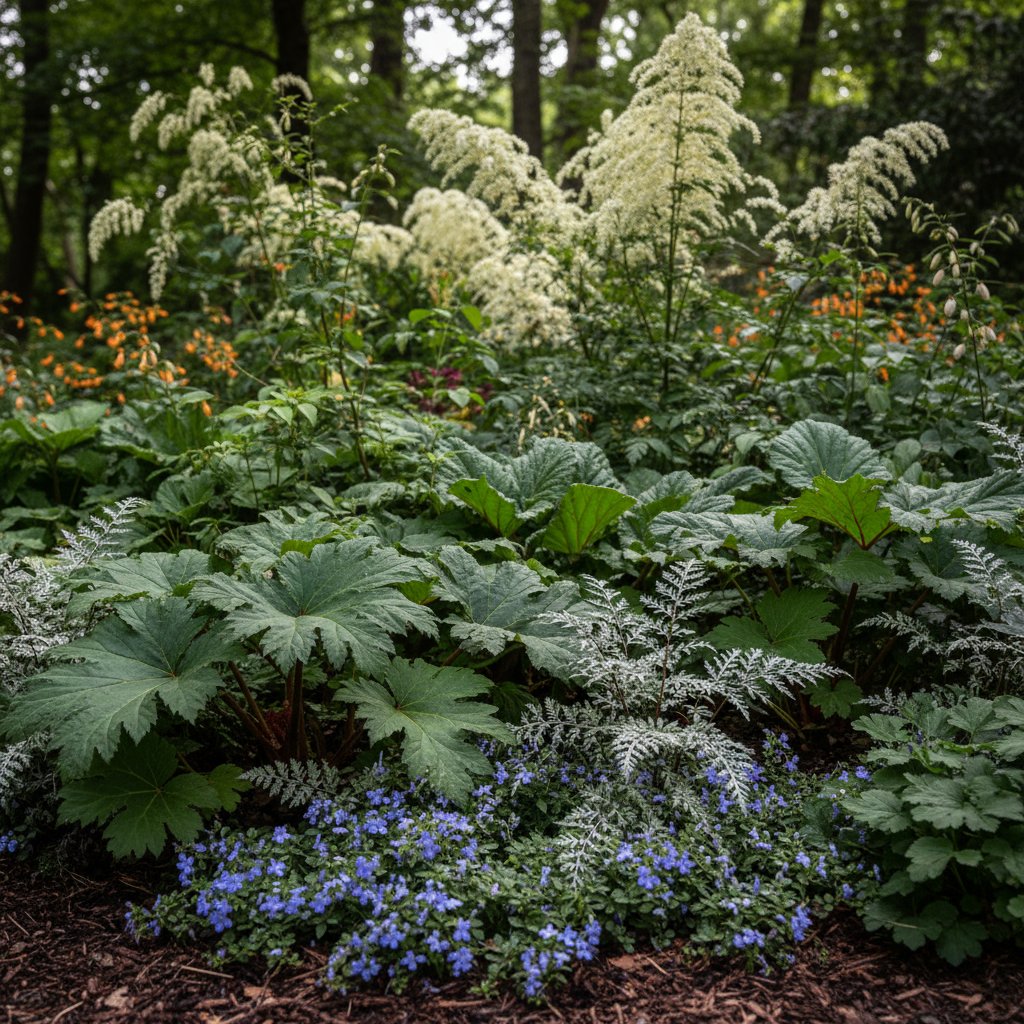Turn Your Yard Fence into a Delicious Edible Hedge
A traditional fence provides privacy for your property, but it serves only that single purpose. You can elevate that border into a living, food-producing hedge that enhances beauty and yields edible rewards. An edible hedge merges landscaping with practical gardening to introduce texture, color, and flavor into your yard while clearly defining boundaries.
The concept proves straightforward. Rather than relying on wooden or metal panels, plant fruit-bearing shrubs or small trees in a row to create a dense, structured barrier. Select appropriate plants and provide consistent care to yield a hedge that delivers berries, nuts, or herbs across multiple seasons.
Why Choose an Edible Hedge
An edible hedge offers privacy, dampens noise, and draws pollinators to your garden. It maximizes every inch of your property for productive use. Unlike a static fence that remains unchanged, a living hedge strengthens annually and rewards you with bountiful harvests.
Harvest fresh fruit for morning meals, collect herbs for culinary dishes, or observe birds and butterflies visiting the blooms. Numerous edible shrubs feature vibrant foliage or flowers, ensuring visual appeal even outside fruiting periods.
Advantages at a Glance
- Multi-purpose design: Functions as both a fence and a garden.
- Low maintenance: Established species require minimal ongoing attention.
- Eco-friendly: Bolsters pollinators and enhances soil quality.
- Budget-conscious: Eliminates expenses on construction materials.
- Attractive variety: Delivers color, scent, and seasonal transformations.
Planning the Hedge
Examine your space thoroughly before planting. A thoughtfully planned edible hedge ensures even growth and a neat appearance for years.
Step 1: Define Your Goals
Identify primary objectives. Prioritize privacy, food production, wildlife support, or a combination of these elements? These priorities guide plant selection and arrangement.
For privacy, select dense shrubs like blueberries or evergreen herbs. For maximum production, choose fruiting varieties adapted to your local climate and soil conditions.
Step 2: Check Your Site Conditions
Soil composition, sunlight exposure, and moisture levels determine hedge success. Most fruit-bearing shrubs thrive in full sun with well-drained soil. In areas prone to standing water, opt for tolerant options such as elderberries.
Measure the fence line length and identify shaded spots. This assessment informs spacing decisions and selections of compatible companion plants.
Step 3: Plan Spacing and Layout
Space plants 2 to 4 feet apart for optimal hedge formation. Position dense shrubs like currants or gooseberries at narrower intervals, while allocate more space to larger types such as hazelnuts.
Incorporate a mix of species to build visual diversity and prolong harvest periods. Alternate blueberries with serviceberries, or tuck herbs among berry bushes for layered interest.
Choosing Edible Plants
Ideal edible hedge plants vary by region, yet several choices adapt well to diverse climates. Prioritize hardy cultivars that withstand pests and respond to pruning.
Berry Bushes
- Blueberries: Reach 4 to 6 feet in height, favor acidic soil, and yield sweet berries from midsummer.
- Raspberries: Develop fast-growing canes for thick screens; install support wires to manage sprawling growth.
- Blackberries: Exhibit robust, arching habits ideal for boundaries; prune annually to control vigor.
- Gooseberries: Form compact, thorny structures suited to low hedges and yield fruit for jams.
- Currants: Tolerate partial shade, produce abundantly, and offer red, white, or black varieties.
Fruiting Shrubs and Small Trees
- Serviceberries: Display charming spring flowers followed by edible purple berries in early summer.
- Elderberries: Grow tall and vigorous, providing clusters of dark fruit for syrups and wines.
- Hazelnuts: Produce bushy forms with nutritious nuts, fitting seamlessly into mixed hedges.
- Aronia (chokeberry): Endures poor soils and supplies antioxidant-packed berries.
- Nanking cherry: Remains compact with early fruiting and vivid red harvests.
Herbs and Perennial Edibles
- Lavender: Contributes fragrance and summons bees to the garden.
- Rosemary: Offers evergreen coverage with durable stems, thriving in temperate zones.
- Bay laurel: Supplies leaves for seasoning and maintains a formal hedge silhouette.
- Sage and thyme: Occupy base gaps beneath taller shrubs for added utility.
Blend these selections to infuse the hedge with varied textures, aromas, and kitchen-ready provisions.
Planting and Establishing the Hedge
Preparing the Soil
Clear grass and weeds from the planting strip. Till the soil to 12 inches deep and incorporate compost or aged manure for nutrient enrichment. Ensure proper drainage; if rain causes pooling, elevate beds with mounded soil or install gravel-filled trenches at the foundation.
Planting Technique
Excavate holes twice the root ball width, positioning the crown level with the ground surface. Refill soil around roots without compaction, then water thoroughly. Apply mulch such as wood chips or straw to conserve moisture and deter weeds.
Provide consistent irrigation during the initial season to foster deep root development. Reduce watering frequency as the hedge matures, except during extended droughts.
Training and Pruning
Shape young plants through trimming to promote branching and density. Perform major pruning in late winter or early spring prior to bud break. Eliminate dead or rubbing branches to promote air circulation and minimize disease.
Adhere to species-specific pruning methods. For instance, raspberries and blackberries fruit on biennial canes, so cut spent ones to the ground post-harvest.
Cost and Maintenance
Expenses vary with plant type and size. Expect to pay ten to thirty dollars per starter shrub. A 30-foot hedge may require two hundred to four hundred dollars in plant costs.
Planting and mulching demand a weekend of effort for typical homeowners. Annual upkeep includes one pruning session, compost applications, and supplemental watering in dry weather.
Edible hedges prove resilient. Replace any underperforming plant individually without affecting the overall structure. The system evolves toward self-sufficiency over time.
Common Challenges
Living fences encounter predictable obstacles. Birds target berries, and certain shrubs expand aggressively. Address these with targeted strategies.
- Bird protection: Drape netting over ripe fruit or allocate shares of the yield.
- Weed control: Maintain a 2-foot mulch barrier to suppress intruders.
- Pests and disease: Select resistant strains and prevent excess moisture.
- Uneven growth: Conduct regular trims to balance height and fill the base.
Vigilance in early years yields long-term ease. A mature hedge demands less effort than turf edges or annual vegetable plots.
Seasonal Care
Edible hedges evolve across seasons. Spring delivers flowers and tender growth. Summer provides ripe fruit, fall introduces foliage hues, and winter exposes architectural branches amid evergreens.
Apply compost each spring and prune post-harvest. Monitor for distress indicators like yellow leaves or reduced yields. Modify irrigation or amend soil as circumstances dictate.
Harvest and Expand Your Edible Boundary
Convert your fence into an edible hedge to cultivate a yard rich in productivity and appeal. Secure privacy, procure fresh provisions, and embrace a dynamic, nature-integrated design.
Begin modestly by installing one segment. As growth progresses, witness a vibrant edge that nourishes your household and supports local ecosystems.



